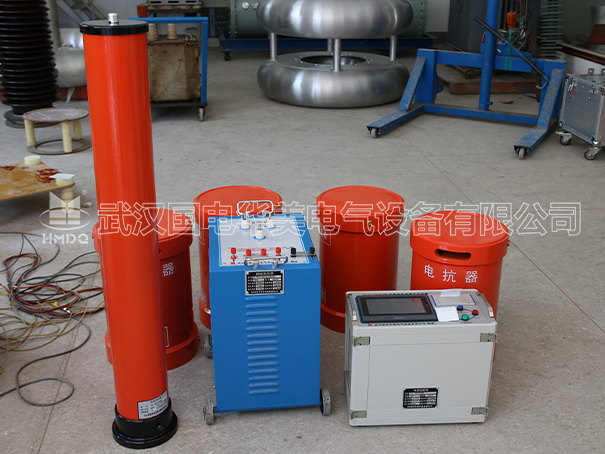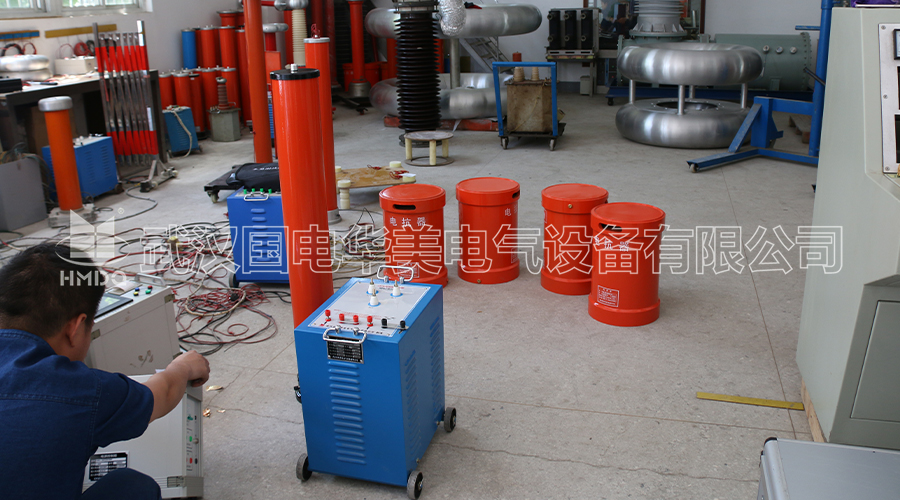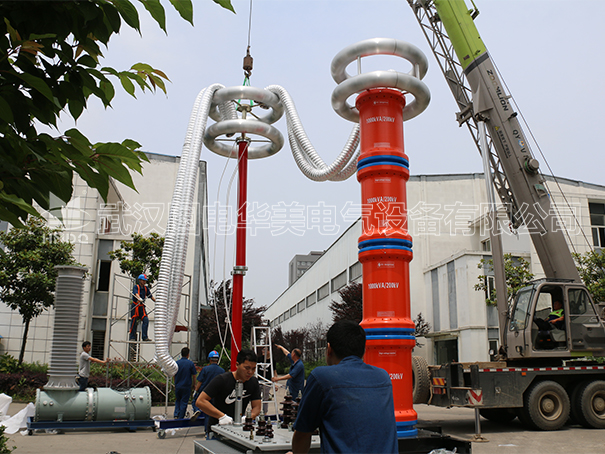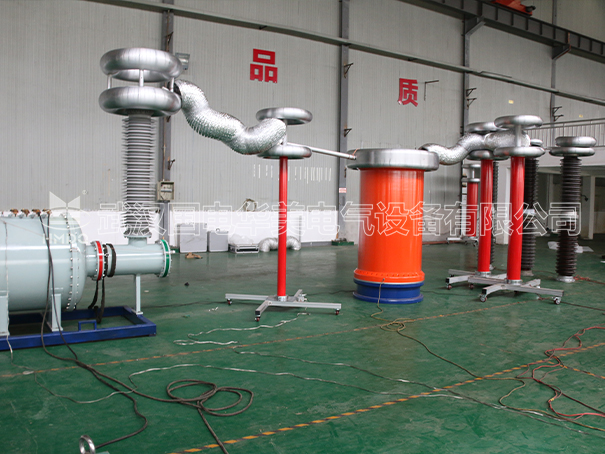What parameters determine the size of the AC resonance testing system

The Determining Parameters for the Dimensions of a Series Resonance Test Device
Introduction:In the field of electrical engineering,series resonance test devices play a pivotal role in the analysis and evaluation of electrical components.These devices are designed to measure the resonant frequency and impedance characteristics of various electrical elements.One crucial aspect of designing such a device is determining its dimensions.This essay aims to explore the parameters that influence the dimensions of a series resonance test device.
Parameter 1:Resonant Frequency The resonant frequency of the device is the primary parameter that dictates its dimensions.The resonant frequency is defined as the frequency at which the inductive and capacitive reactances cancel each other out,resulting in a purely resistive impedance.To achieve this resonance,the dimensions of the device must be carefully calculated to ensure that the inductive and capacitive elements are appropriately sized.As a general rule,the physical dimensions of the inductor and capacitor should be selected to match the desired resonant frequency.
Parameter 2:Inductance The inductance of the device also plays a significant role in determining its dimensions.Inductance is a measure of an element's ability to store energy in a magnetic field.In a series resonance test device,the inductor is responsible for providing the necessary inductance.The dimensions of the inductor,such as the number of turns,the length of the coil,and the cross-sectional area,directly affect the inductance value.By carefully selecting these dimensions,engineers can control the inductance and,consequently,the resonant frequency of the device.
Parameter 3:Capacitance Similar to inductance,capacitance is another crucial parameter that influences the dimensions of a series resonance test device.Capacitance represents an element's ability to store energy in an electric field.In the context of a resonance test device,the capacitor is responsible for providing the necessary capacitance.The dimensions of the capacitor,including the surface area of the plates,the distance between them,and the dielectric material used,determine the capacitance value.By adjusting these dimensions,engineers can control the capacitance and,consequently,the resonant frequency of the device.
Parameter 4:Impedance Matching Impedance matching is an essential consideration when determining the dimensions of a series resonance test device.To ensure accurate measurements,the device's impedance should match that of the component being tested.This requires careful selection of the dimensions of the inductor and capacitor to achieve the desired impedance.By precisely matching the impedance,the device can provide accurate measurements and minimize any reflections or distortions in the test results.
Conclusion:The dimensions of a series resonance test device are determined by several crucial parameters.The resonant frequency,inductance,capacitance,and impedance matching all play significant roles in shaping the device's dimensions.Engineers must carefully consider these parameters to ensure that the device operates at the desired resonant frequency and accurately measures the impedance characteristics of electrical components.By understanding and manipulating these parameters,engineers can design efficient and effective series resonance test devices for various applications in electrical engineering.
Introduction:In the field of electrical engineering,series resonance test devices play a pivotal role in the analysis and evaluation of electrical components.These devices are designed to measure the resonant frequency and impedance characteristics of various electrical elements.One crucial aspect of designing such a device is determining its dimensions.This essay aims to explore the parameters that influence the dimensions of a series resonance test device.
Parameter 1:Resonant Frequency The resonant frequency of the device is the primary parameter that dictates its dimensions.The resonant frequency is defined as the frequency at which the inductive and capacitive reactances cancel each other out,resulting in a purely resistive impedance.To achieve this resonance,the dimensions of the device must be carefully calculated to ensure that the inductive and capacitive elements are appropriately sized.As a general rule,the physical dimensions of the inductor and capacitor should be selected to match the desired resonant frequency.
Parameter 2:Inductance The inductance of the device also plays a significant role in determining its dimensions.Inductance is a measure of an element's ability to store energy in a magnetic field.In a series resonance test device,the inductor is responsible for providing the necessary inductance.The dimensions of the inductor,such as the number of turns,the length of the coil,and the cross-sectional area,directly affect the inductance value.By carefully selecting these dimensions,engineers can control the inductance and,consequently,the resonant frequency of the device.
Parameter 3:Capacitance Similar to inductance,capacitance is another crucial parameter that influences the dimensions of a series resonance test device.Capacitance represents an element's ability to store energy in an electric field.In the context of a resonance test device,the capacitor is responsible for providing the necessary capacitance.The dimensions of the capacitor,including the surface area of the plates,the distance between them,and the dielectric material used,determine the capacitance value.By adjusting these dimensions,engineers can control the capacitance and,consequently,the resonant frequency of the device.
Parameter 4:Impedance Matching Impedance matching is an essential consideration when determining the dimensions of a series resonance test device.To ensure accurate measurements,the device's impedance should match that of the component being tested.This requires careful selection of the dimensions of the inductor and capacitor to achieve the desired impedance.By precisely matching the impedance,the device can provide accurate measurements and minimize any reflections or distortions in the test results.
Conclusion:The dimensions of a series resonance test device are determined by several crucial parameters.The resonant frequency,inductance,capacitance,and impedance matching all play significant roles in shaping the device's dimensions.Engineers must carefully consider these parameters to ensure that the device operates at the desired resonant frequency and accurately measures the impedance characteristics of electrical components.By understanding and manipulating these parameters,engineers can design efficient and effective series resonance test devices for various applications in electrical engineering.




